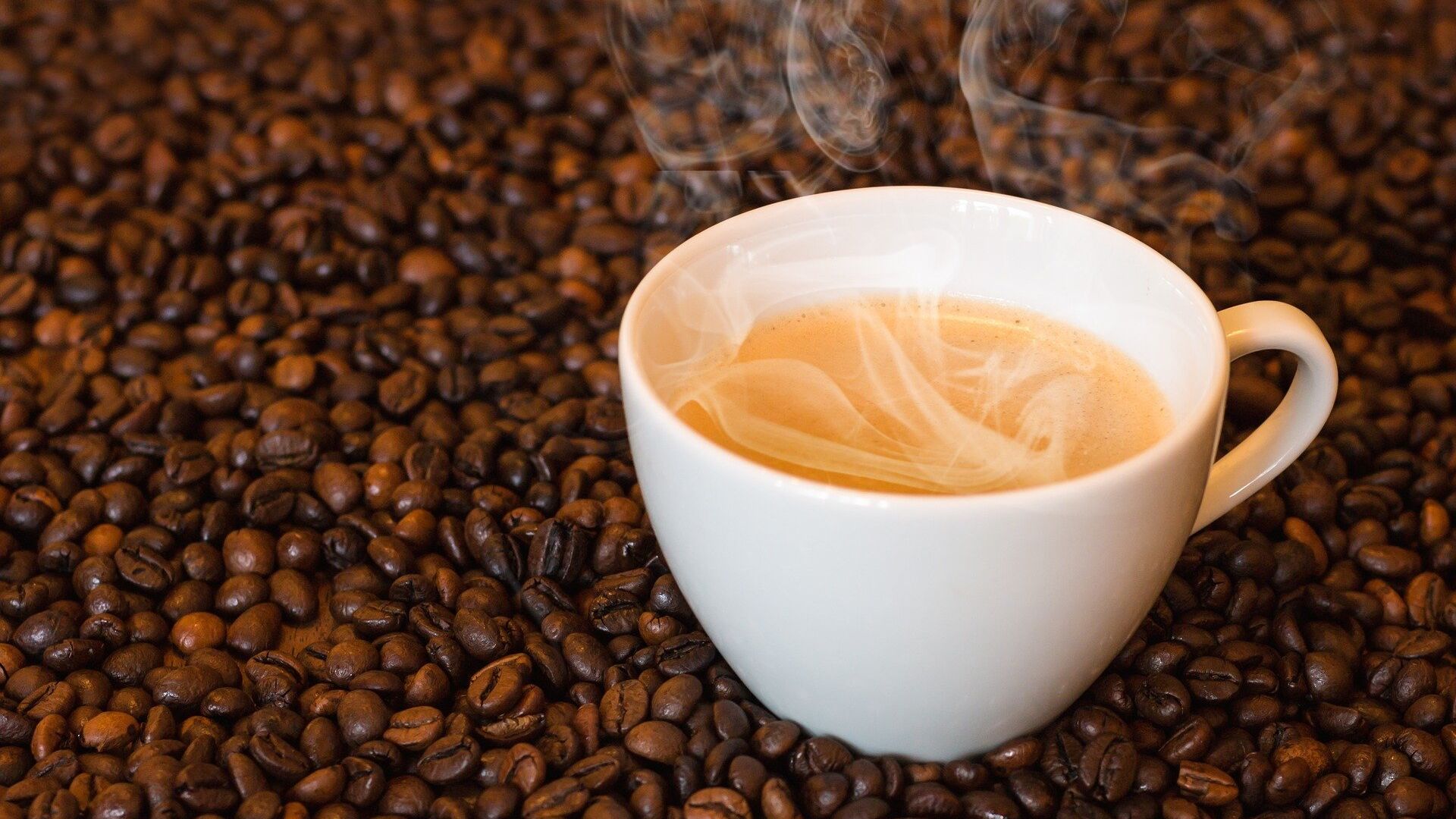https://sputnikglobe.com/20220121/more-than-a-drink-italy-wants-espresso-tradition-to-receive-unesco-status-1092434473.html
'More Than a Drink': Italy Wants Espresso Tradition to Receive UNESCO Status
'More Than a Drink': Italy Wants Espresso Tradition to Receive UNESCO Status
Sputnik International
Back in 2017, UNESCO added Neapolitan pizza to its list of "intangible heritage", in a nod to the art of “pizzaiuolo” passed through generations in the... 21.01.2022, Sputnik International
2022-01-21T18:47+0000
2022-01-21T18:47+0000
2022-01-21T18:47+0000
unesco
italy
espresso
society
https://cdn1.img.sputnikglobe.com/img/105544/65/1055446551_0:100:1921:1180_1920x0_80_0_0_f161e0c16f08acf6287b367b5483912b.jpg
In another attempt to gain recognition for the traditional Italian espresso, the country is bidding for it to be granted UNESCO heritage status - after it failed to secure the status last year.According to Italy's media, the country's deputy agricultural minister Gian Marco Centinaio announced the nomination on Thursday.Last year, espresso did not make it onto the list of UNESCO heritage, as there had been two applications: the first one was made by the Consortium for the Protection of Traditional Italian Espresso Coffee in Treviso, representing all of Italy, and the other by the Region of Campania, on behalf of Naples. According to The Wall Street Journal, Treviso's application was even decried as “an act of war by the north against the south” at the time.But what is traditional Italian espresso? According to the Consortium for the Protection of Traditional Italian Espresso Coffee, what distinguishes Italian coffee from this drink in other coffee-consuming countries such as Finland of Turkey is "la crema" - the froth on the surface of well-made Italian espresso. It “must be uniform and persistent for at least 120 seconds from the time the coffee has been dispensed without stirring", and also has to be “consistent, a dark hazel color, with light streaks.”Finally, it has to be made by a trained barista with the use of a coffee machine, and it is obligatory that the coffee is brewed for exactly 20 to 27 seconds.Interestingly enough, traditional Italian espresso appears to have no historic need to be actually tasty: it is more of a daily ritual, "an essential element of a full life, and speaks to generations' worth of Italians going about their business, living well, working hard, and, frankly, being Italian," as put by Ever Meister in her report for Serious Eats.Some critics are less fond of the Italian coffee traditions - even those from Italy.
italy
Sputnik International
feedback@sputniknews.com
+74956456601
MIA „Rossiya Segodnya“
2022
News
en_EN
Sputnik International
feedback@sputniknews.com
+74956456601
MIA „Rossiya Segodnya“
Sputnik International
feedback@sputniknews.com
+74956456601
MIA „Rossiya Segodnya“
unesco, italy, espresso, society
unesco, italy, espresso, society
'More Than a Drink': Italy Wants Espresso Tradition to Receive UNESCO Status
Back in 2017, UNESCO added Neapolitan pizza to its list of "intangible heritage", in a nod to the art of “pizzaiuolo” passed through generations in the southern Italian city. Regarding the Italian espresso tradition, this is not the first time Rome has sought UNESCO status for it.
In another attempt to gain recognition for the traditional Italian espresso, the country is bidding for it to be granted UNESCO heritage status - after it failed to secure the status last year.
According to Italy's media, the country's deputy agricultural minister Gian Marco Centinaio announced the nomination on Thursday.
“In Italy, coffee is much more than a simple drink: it is an authentic ritual, it is an integral part of our national identity and an expression of our social relationships that distinguishes us around the world,” Centinaio said, cited by
Sky TG24. "The cup of espresso represents for all Italians a social and cultural ritual that is also reflected in literature and that fascinates the whole country, from Naples to Venice to Trieste passing through Rome and Milan."
Last year, espresso did not make it onto the list of UNESCO heritage, as there had been two applications: the first one was made by the Consortium for the Protection of Traditional Italian Espresso Coffee in Treviso, representing all of Italy, and the other by the Region of Campania, on behalf of Naples. According to The Wall Street Journal, Treviso's application was even decried as “an act of war by the north against the south” at the time.
But what is traditional Italian espresso? According to the Consortium for the Protection of Traditional Italian Espresso Coffee, what distinguishes Italian coffee from this drink in other coffee-consuming countries such as Finland of Turkey is "la crema" - the froth on the surface of well-made Italian espresso. It “must be uniform and persistent for at least 120 seconds from the time the coffee has been dispensed without stirring", and also has to be “consistent, a dark hazel color, with light streaks.”
Finally, it has to be made by a trained barista with the use of a coffee machine, and it is obligatory that the coffee is brewed for exactly 20 to 27 seconds.
Interestingly enough, traditional Italian espresso appears to have no historic need to be actually tasty: it is more of a daily ritual, "an essential element of a full life, and speaks to generations' worth of Italians going about their business, living well, working hard, and, frankly, being Italian," as put by Ever Meister in her report for
Serious Eats.
Some critics are less fond of the Italian coffee traditions - even those from Italy.
“The Italian espresso, the one we all know, is not good, even if you like it,” Nunzia Clemente wrote in 2019 for her food blog Dissapore, claiming that a UNESCO application “doesn’t make sense”.

